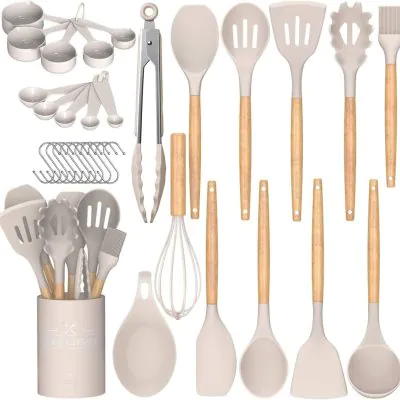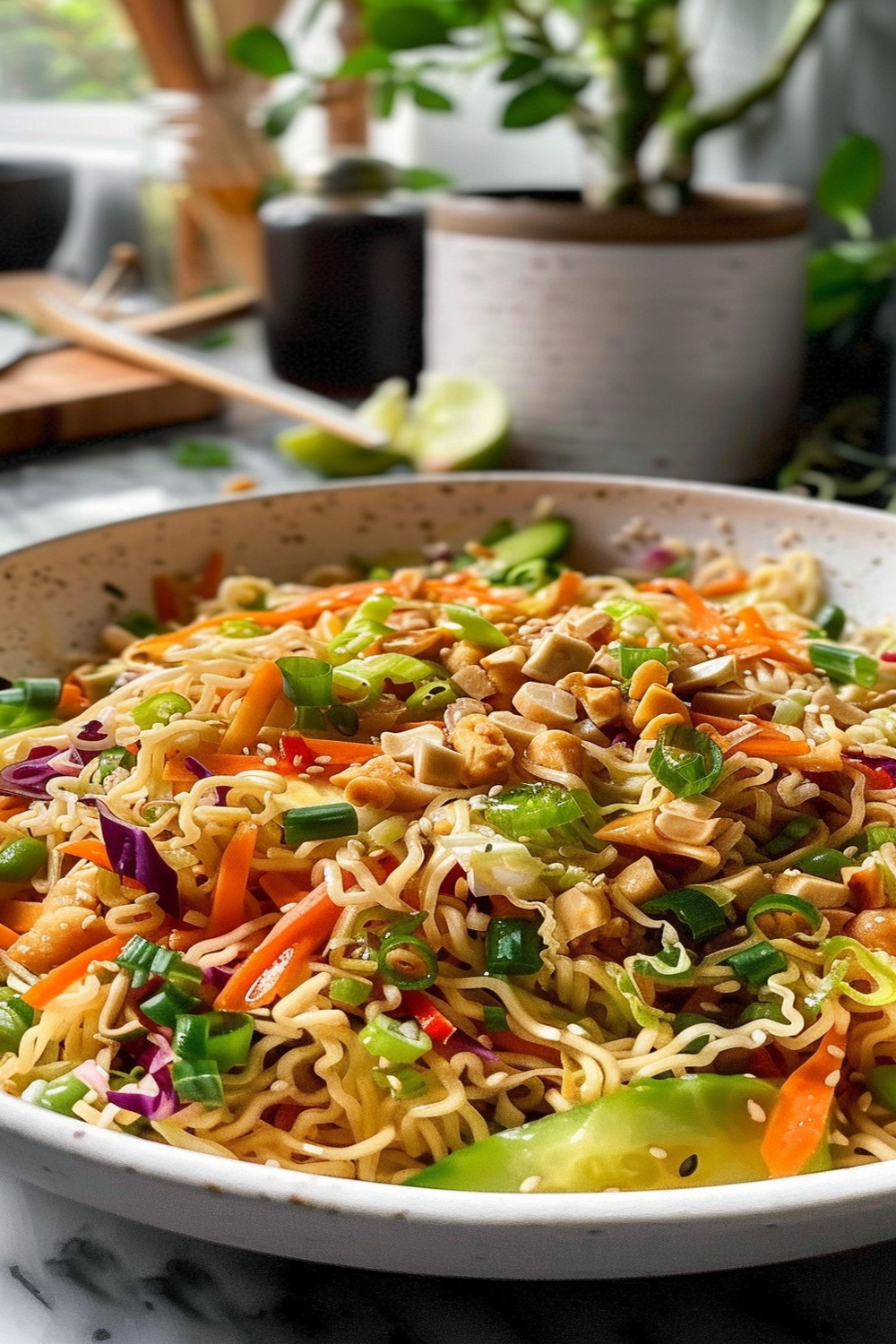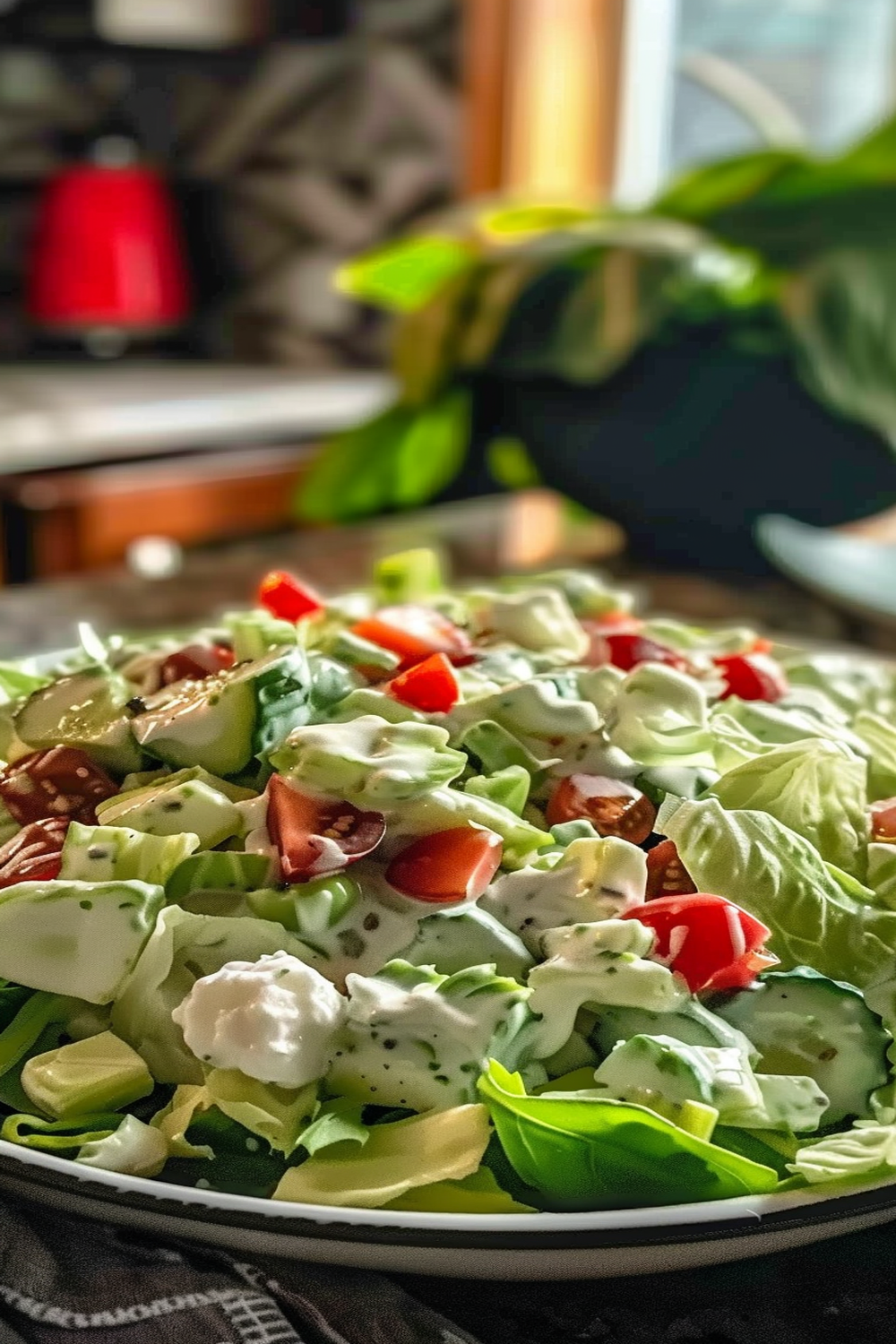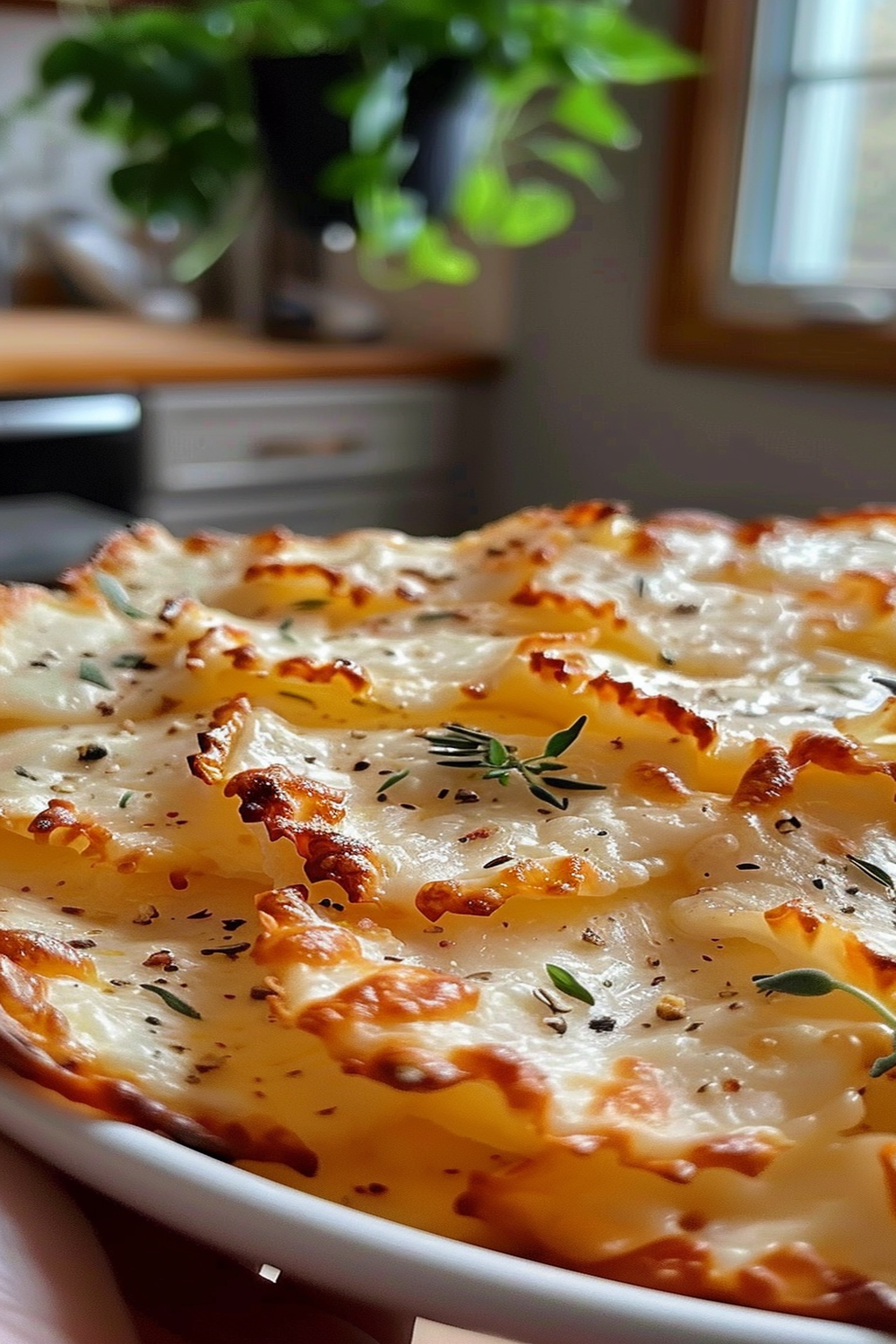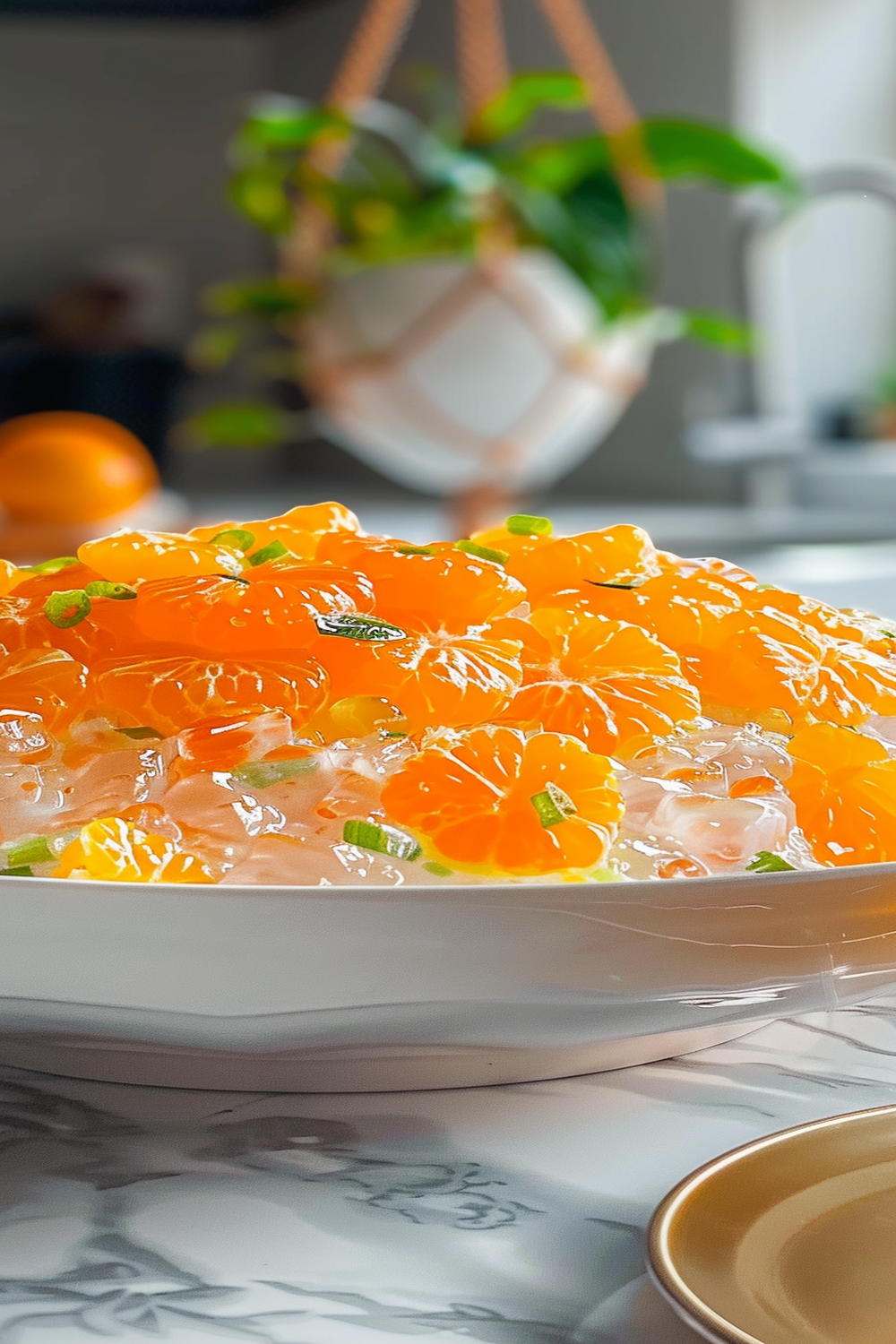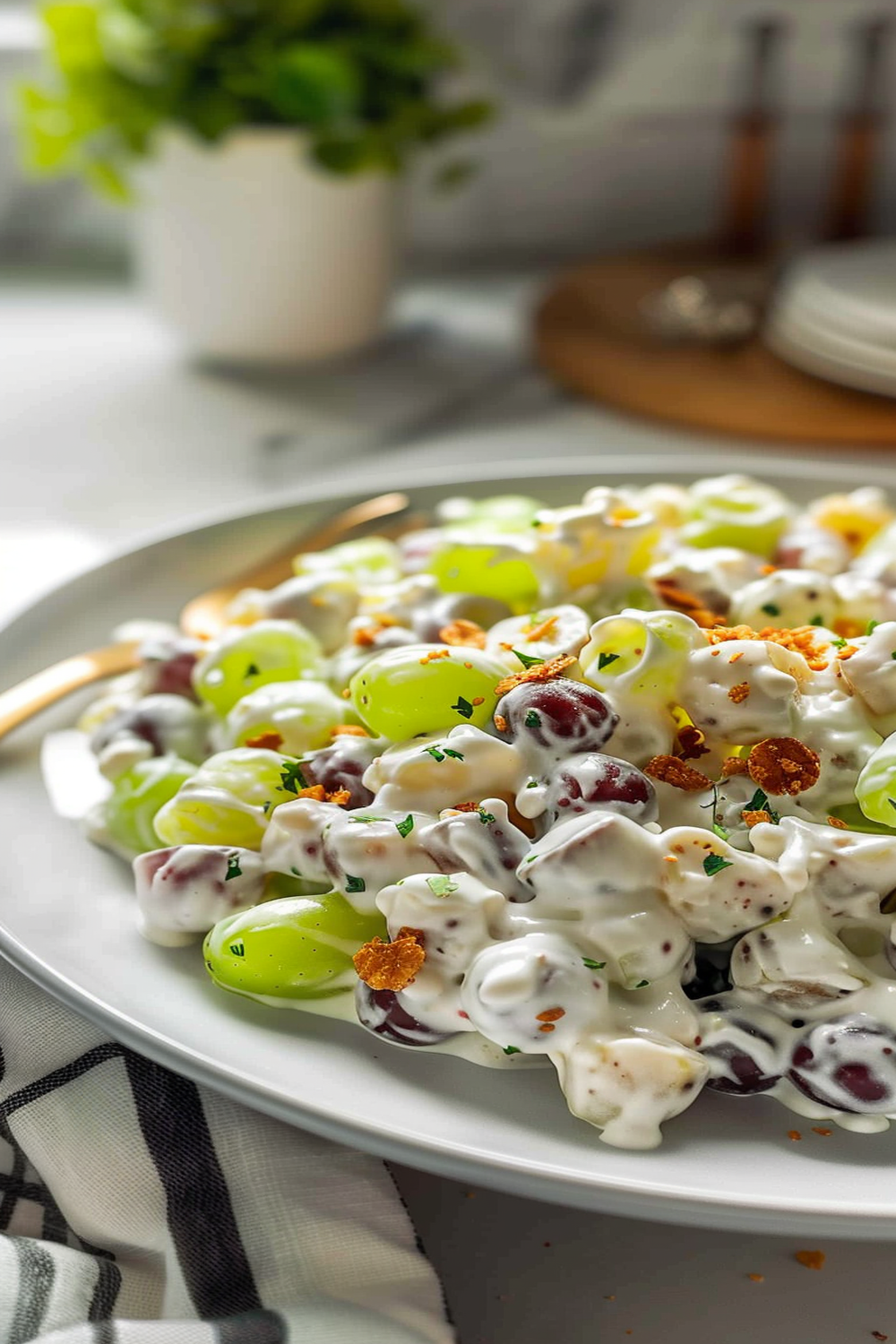Introduction and Quick Summary
Chicken cacciatore is a beloved Italian dish that brings warmth and comfort to the dining table. This rustic recipe features tender pieces of chicken simmered in a rich tomato sauce, along with an array of vibrant vegetables and aromatic herbs. Its name translates to “hunter’s chicken,” reflecting its origins as a hearty meal prepared by hunters returning home after a long day in the field. The beauty of this dish lies not only in its robust flavors but also in its simplicity. With just a handful of ingredients, you can create a wholesome meal that is perfect for family dinners or gatherings with friends.
In this article, we will walk you through every step needed to prepare the ultimate chicken cacciatore. You will learn about the essential ingredients required for this recipe and how to bring them together for an unforgettable dining experience. Whether you’re an experienced cook or trying your hand at Italian cuisine for the first time, this guide will make it easy for you to whip up a delicious pot of chicken cacciatore that everyone will love.
As you read through the instructions, you’ll find tips on serving and storing your dish, ensuring that you enjoy every last bite. So roll up your sleeves and get ready to dive into this delightful culinary journey!
Main Ingredients
To create an authentic chicken cacciatore, you’ll need some core ingredients that combine to deliver incredible flavor. Below are the essential components of this dish.
Chicken
For this recipe, 4 bone-in chicken thighs and 4 drumsticks are ideal. The skin adds flavor during cooking while keeping the meat juicy and tender. Bone-in pieces hold up well during the simmering process and infuse the sauce with richness.
Olive Oil
You will need about 2 tablespoons of extra virgin olive oil for sautéing the chicken and vegetables. Olive oil not only contributes healthy fats but also enhances the overall taste by adding depth to your sauce.
Onion
One medium yellow onion chopped finely (about 1 cup) provides sweetness and texture. Onions are essential aromatics in many dishes; they build a base flavor when cooked down until soft.
Garlic
A total of 4 cloves of garlic minced adds sharpness and complexity to the sauce. Garlic brings out natural flavors in other ingredients while providing its own unique taste profile.
Bell Peppers
Use 1 red bell pepper and 1 green bell pepper sliced into strips for color and sweetness. These peppers add crunchiness while balancing out acidity from tomatoes.
Tomatoes
For authenticity, use one 28-ounce can of crushed tomatoes or whole tomatoes (crushed by hand). This ingredient serves as the heart of your sauce, creating a luscious base filled with rich tomato flavor.
Red Wine
About 1 cup of dry red wine enhances depth and layers in flavor as it cooks down during simmering time. Choose a wine that you would enjoy drinking; good quality makes all the difference.
Herbs
Fresh basil (a handful) and dried oregano (1 teaspoon) bring aromatic qualities that elevate your dish into something special. These herbs enhance both aroma and taste while complementing other flavors beautifully.
How to Prepare Chicken Cacciatore
Creating delicious chicken cacciatore involves several steps that come together harmoniously. Here’s how to prepare it:
Step 1: Brown the Chicken
Begin by heating olive oil over medium heat in a large skillet or Dutch oven. Once hot, season the chicken pieces generously with salt and pepper before placing them skin-side down in the pan. Allow them to brown undisturbed for about 5-7 minutes until golden brown; then flip them over to brown on all sides—approximately another 5 minutes—before removing them from heat onto a plate.
This browning process not only locks in moisture but also develops flavor through caramelization which ultimately enriches your final sauce.
Step 2: Sauté Aromatics
Using residual oil left in your pan from browning chicken (add more if needed), reduce heat slightly before adding chopped onions along with minced garlic into skillet—sauté until onions turn translucent (around 3-4 minutes). Stir frequently so garlic doesn’t burn; then add sliced bell peppers next; continue cooking until they soften slightly—about another 5 minutes.
These steps build foundational flavors vital for achieving tasty results later on!
Step 3: Add Liquids & Simmer
Once aromatics have softened perfectly within skillet space available now increases since we’re ready for tomatoes! Pour in crushed tomatoes along with red wine—stir everything together thoroughly incorporating all those wonderful colors! Bring mixture up gently toward simmering point; then return browned chicken back into pot making sure it gets nestled down into sauce adequately before covering with lid leaving just little gap open allowing steam escape without losing too much moisture content inside pot itself!
Let simmer on low heat approximately thirty minutes or until internal temperature reaches minimum safe level (165°F) ensuring juices run clear when pierced near bone area!
Step 4: Finish Off with Fresh Herbs
After simmering time is complete check seasoning levels adjusting as necessary using additional salt/pepper if desired! When ready transfer cooked contents onto serving platter garnishing generously using chopped fresh basil leaves adding extra pop while uplifting visual appeal even further!
Serve warm straight away alongside crusty bread or pasta if preferred satisfying options guaranteed satisfy hungry guests ready partake delicious feast awaiting enjoyment tonight!
Serving and Storing Tips
Once you’ve prepared your delicious chicken cacciatore, it’s important to know how best to serve it up as well as store any leftovers properly so nothing goes wasted!
Serving Suggestions
Chicken cacciatore pairs wonderfully with various sides such as creamy polenta or al dente spaghetti tossed lightly olive oil & parmesan cheese grated liberally atop each plated portion presenting beautiful contrast bright colorful sauce draped elegantly alongside crispy bread slices perfect mopping action capture every last bit savory goodness!
Invite guests around table sharing stories laughter fueling ambiance enhancing experience overall making mealtime special occasion rather than simple meal routine! Don’t forget chilled glass red wine complements perfectly elevating entire dining experience bringing people together creating memorable moments cherished forever!
Storage Guidelines
Should there happen be leftovers after enjoying delightful gathering don’t fret! Allow remaining portions cool completely before transferring airtight containers refrigerate safely preserving freshness up three days maximum while ensuring flavors remain intact throughout week ahead tempting each day revisiting culinary creation made earlier enjoy again later without hassle!
Alternatively consider freezing portions suitable freezer-friendly containers store longer periods potentially months ensuring convenience available anytime cravings strike reminding tasty times spent gathered around dinner plates shared loved ones near dear hearts always cherished memories conjured fondly whenever indulging classic recipes like this one enjoyed so much!
Mistakes to avoid
When preparing chicken cacciatore, it is easy to make common mistakes that can affect the final dish. One significant mistake is not using fresh ingredients. Fresh vegetables and herbs bring vibrant flavors that dried or stale ingredients cannot replicate. Always choose ripe tomatoes, crisp bell peppers, and fresh herbs like basil for the best results.
Another common error is cooking the chicken improperly. Overcooking leads to dry meat, while undercooking can pose health risks. Always ensure that the chicken reaches an internal temperature of 165°F (75°C). Using a meat thermometer can help achieve perfect doneness every time.
Not allowing enough time for the sauce to simmer is another pitfall. A good chicken cacciatore sauce develops depth of flavor as it simmers. Rushing this process will yield a flat-tasting dish. Aim for at least 30 minutes of gentle simmering after adding all your ingredients.
Using too much salt at once is also a mistake many home cooks make. Salt enhances flavor but can easily overwhelm a dish if added in excess early on. It’s better to season gradually, tasting as you go, to achieve a well-balanced flavor profile.
Finally, neglecting side dishes can detract from your meal experience. Chicken cacciatore pairs beautifully with sides like polenta or crusty bread but skipping these accompaniments may leave the meal feeling incomplete.

Tips and tricks
To make your chicken cacciatore truly shine, consider these helpful tips. Start by marinating the chicken overnight with olive oil, garlic, and herbs like oregano and thyme. This step infuses flavor into the meat and makes it more tender.
Next, create a well-balanced sauce by sautéing your onions and garlic until they are golden brown before adding other vegetables and tomatoes. This caramelization boosts the overall taste of your dish significantly.
Choosing the right type of chicken can also improve your recipe. Bone-in, skin-on chicken pieces offer richer flavor when compared to boneless cuts. The bones contribute depth to the sauce while skin helps keep moisture locked in during cooking.
Incorporating wine into your recipe elevates flavors as well. Use a good-quality dry red wine; it adds complexity and richness that enhances the dish’s overall character.
Lastly, garnishing with fresh herbs just before serving adds color and freshness to the plate. A sprinkle of parsley or basil can brighten up even a hearty stew like chicken cacciatore, making it visually appealing.
Suggestions for Chicken cacciatore
When crafting your chicken cacciatore, there are several suggestions worth considering for an outstanding meal experience. First, think about using different protein sources like turkey or even vegetables if you want to experiment with flavors while keeping it healthy and light.
Make sure you adjust cooking times based on your stovetop settings as different surfaces conduct heat differently. Keeping an eye on simmering levels prevents burning or uneven cooking.
Try adding extra vegetables such as mushrooms or olives if you enjoy heartier dishes filled with diverse textures and tastes. These additions complement the primary ingredients without overwhelming them.
For those who prefer a spicier kick in their meals, consider incorporating crushed red pepper flakes or diced jalapeños into your sauce mixture for added heat without overpowering other flavors.
Finally, remember that leftovers can be delightful too! Chicken cacciatore tastes even better the next day when flavors meld together more deeply overnight. Reheating slowly allows you to enjoy this comforting dish multiple times throughout the week without sacrificing quality.

FAQs
What is traditional chicken cacciatore?
Traditional chicken cacciatore originates from Italy and translates to “hunter’s chicken.” This rustic dish typically features braised chicken cooked with tomatoes, onions, peppers, mushrooms, and various herbs in a savory tomato-based sauce. It embodies simple yet robust flavors that highlight fresh ingredients found in Italian cuisine.
Can I use boneless chicken for my cacciatore?
While you can use boneless chicken for this dish, bone-in pieces are generally preferred due to their ability to impart more flavor into the sauce during cooking. However, if convenience is key or if you prefer boneless options for quicker preparation times, feel free to substitute accordingly while adjusting cook times as necessary.
How do I store leftover chicken cacciatore?
To store leftover chicken cacciatore properly, allow it to cool completely before transferring it into airtight containers. Refrigerate within two hours after cooking; it should last up to three days in the fridge or longer if frozen (up to three months). When reheating leftovers ensure they reach an internal temperature of 165°F (75°C) before enjoying again!
What sides pair well with chicken cacciatore?
Chicken cacciatore pairs beautifully with various sides such as creamy polenta or crusty bread which soak up all those delicious juices from the sauce! You might also consider serving over pasta or rice for added texture along with some sautéed greens like spinach or green beans alongside your main dish for extra nutrition!
Is there a vegetarian version of chicken cacciatore?
Yes! A vegetarian version of this classic dish can be made using hearty vegetables such as eggplant or zucchini instead of meat along with similar traditional ingredients like tomatoes and peppers creating depth in flavor without relying on animal products while honoring its roots!
What wine should I pair with chicken cacciatore?
When selecting wine pairings for your delicious meal consider medium-bodied red wines like Chianti or Sangiovese which complement rich tomato-based sauces perfectly! Alternatively lighter whites such as Pinot Grigio work well too providing refreshing contrast helping balance bold flavors present within each bite!
Conclusion
In summary, creating an exceptional chicken cacciatore involves avoiding common pitfalls such as using stale ingredients or neglecting proper cooking techniques. Taking note of helpful tips—like marinating overnight—can elevate this flavorful dish immensely while experimenting with various proteins keeps things interesting! Remember that pairing sides effectively enhances overall enjoyment during mealtime too! With these considerations in mind plus answers provided through FAQs regarding preparation methods and suitable accompaniments—you’re well equipped to prepare this delightful Italian classic confidently! Enjoy every bite knowing you’ve mastered essential aspects leading towards success each time you whip up this comforting favorite!
Print
Chicken cacciatore
- Author: Sofia
- Total Time: 50 minutes
- Yield: 4 servings 1x
Description
Chicken Cacciatore is a classic Italian dish that brings rich flavors to the table with tender chicken simmered in a savory tomato-based sauce. Loaded with bell peppers, onions, garlic, and olives, it’s a comforting, rustic meal that’s perfect for any occasion.
Ingredients
- 4 bone-in, skinless chicken thighs
- 1 onion, sliced
- 1 bell pepper, sliced
- 2 cloves garlic, minced
- 1 can (14.5 oz) crushed tomatoes
- 1 cup chicken broth
- ½ cup red wine (optional)
- 1 tsp dried oregano
- 1 tsp dried basil
- ½ cup black olives, pitted and sliced
- 2 tbsp olive oil
- Salt and pepper, to taste
- Fresh parsley, chopped (for garnish)
Instructions
- Heat olive oil in a large skillet over medium heat. Season the chicken with salt and pepper, then brown it on both sides, about 4-5 minutes per side. Remove the chicken and set aside.
- In the same skillet, sauté the onions, bell pepper, and garlic until softened, about 5 minutes.
- Add the crushed tomatoes, chicken broth, red wine (if using), oregano, and basil. Stir well to combine.
- Return the chicken to the skillet and bring the mixture to a simmer. Cover and cook for 25-30 minutes, or until the chicken is fully cooked.
- Stir in the olives and cook for another 5 minutes.
- Garnish with fresh parsley and serve hot.
Notes
- Serve over pasta, rice, or with crusty bread to soak up the delicious sauce.
- For added richness, stir in a tablespoon of butter at the end of cooking.
- Prep Time: 10 minutes
- Cook Time: 40 minutes




